Monazite is unique in the field of rare earth extraction because of its unique composition; it usually contains large amounts of thorium and uranium as well as neodymium and cerium. However, the main resources of monazite with economic mining value are alluvial or seashore placer deposits. Monazite beneficiation usually involves a series of complex processes aimed at separating valuable rare earth elements from the mineral matrix. Its beneficiation generally adopts a combined process of gravity separation, magnetic separation, electrostatic separation, and flotation, divided into two stages of roughing and concentrating to obtain monazite concentrate, zircon concentrate, and ilmenite concentrate. Its goal is to extract valuable rare earth elements from this phosphate mineral. The monazite separation equipment usually includes flotation machines, shaking tables, spiral chutes, magnetic separators, classifiers, hydrocyclones, etc.
What is monazite
Properties of monazite ore
Monazite is one of the main minerals in rare earth metal mines. Monazite is brittle, brownish red, yellow, sometimes brownish yellow, with an oily luster, complete cleavage, Mohs hardness of 5 to 5.5, and a density of 4.9 to 5.5 g/cm3. It is mainly produced as an accessory mineral in granite, syenite, gneiss, and granite pegmatite and is also made in hydrothermal deposits related to granite. It emits bright green fluorescence under ultraviolet light. Because it often contains uranium, thorium and radium, it is radioactive. Monazite is a common accessory mineral in intermediate-acid igneous rocks and metamorphic rocks, and also exists in some sedimentary rocks. Because monazite has relatively stable chemical properties and high density, it often forms coastal and alluvial placers. In addition, it can usually be enriched to form placers.
Application of Monazite
Monazite is a major rare earth mineral. Rare earth elements are widely used in ferrous and nonferrous metallurgy, glass and ceramic production, electronics, electrical lighting, television and laser technology, chemical industry, medical and agricultural production.
Types of Monazite Separation Equipment
The main methods for monazite separation are scrubbing, gravity separation, magnetic separation, electric separation, flotation, etc. After the ore enters the crusher for crushing, it will enter the beneficiation stage. Monazite ore beneficiation generally adopts flotation, and is often supplemented by gravity separation and magnetic separation to form a multi-combination beneficiation process. How to choose equipment in beneficiation is specifically divided into the following types:
Monazite Gravity Separation Equipment
Shaker tables are also an essential tool in monazite separation equipment. They primarily utilize a combination of tilting and lateral motion to separate particles based on density differences. They are unique in their ability to handle fine particle sizes while maintaining high recoveries – a critical factor when processing valuable rare earth minerals, as even small losses can impact profitability.
Spiral Chute: It uses gravity to separate minerals based on their density. Its structured design allows for high throughput processing, making it ideal for processes that require high volume processing while maintaining precision in separating the lighter silica from the heavier monazite.
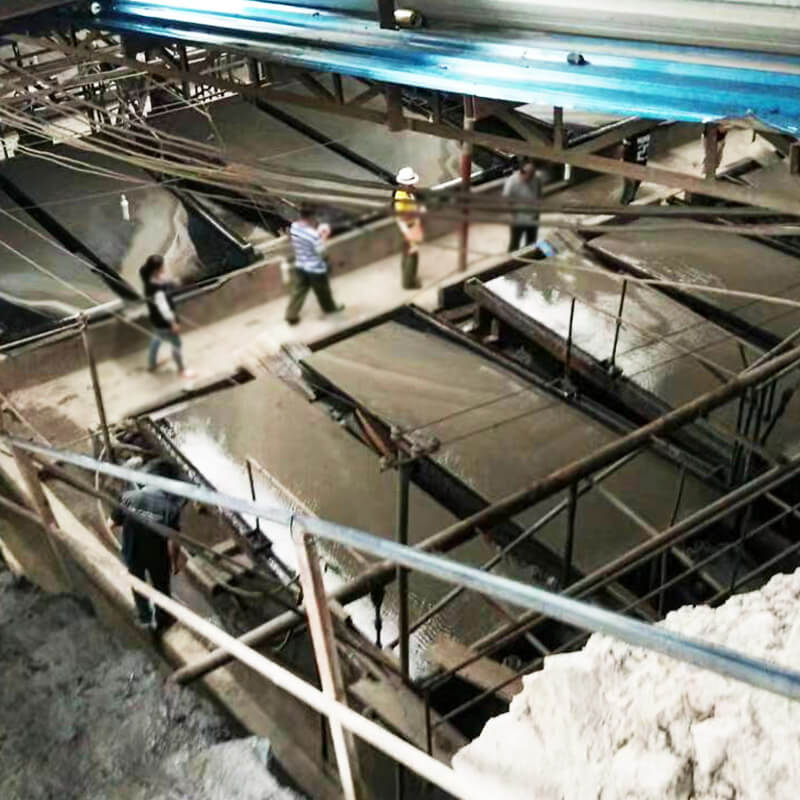
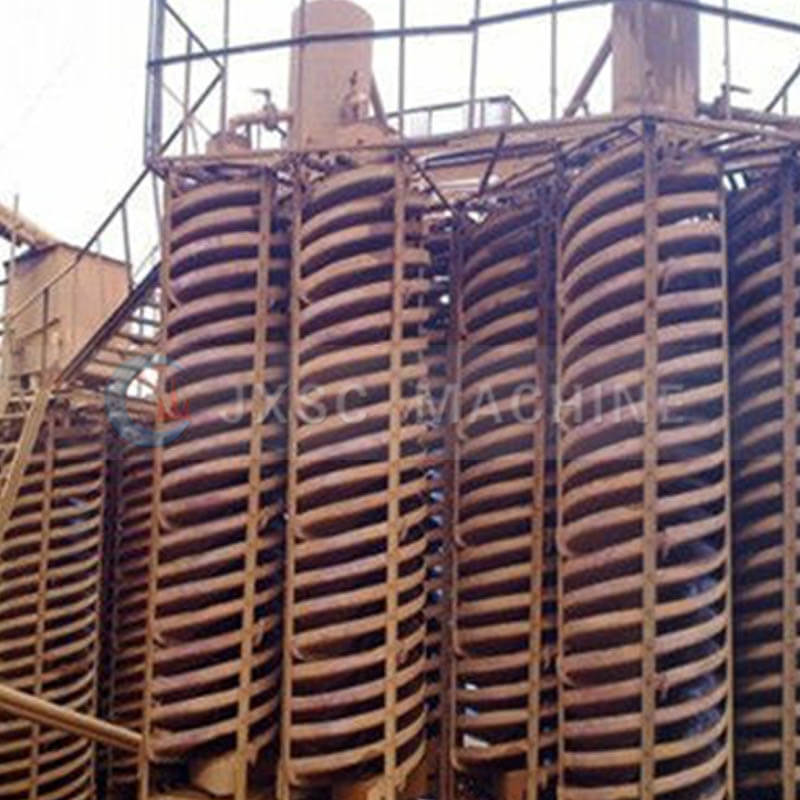
Monazite magnetic separation equipment
Use the paramagnetic properties of certain rare earth minerals while discarding non-magnetic materials. Three-disc magnetic separators, plate magnetic separators, etc. can be used to effectively separate monazite from its gangue minerals based on different magnetic susceptibilities through strong magnetic fields. Among them, design innovations such as high-gradient magnetic separators use powerful magnets to attract ferromagnetic materials, effectively separating monazite from other mineral components.
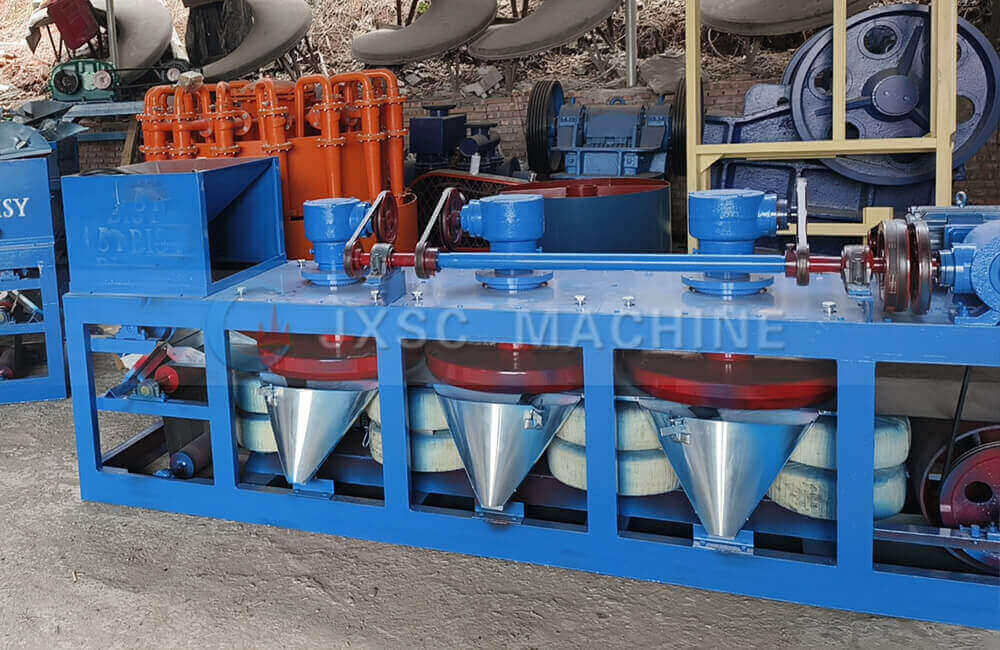
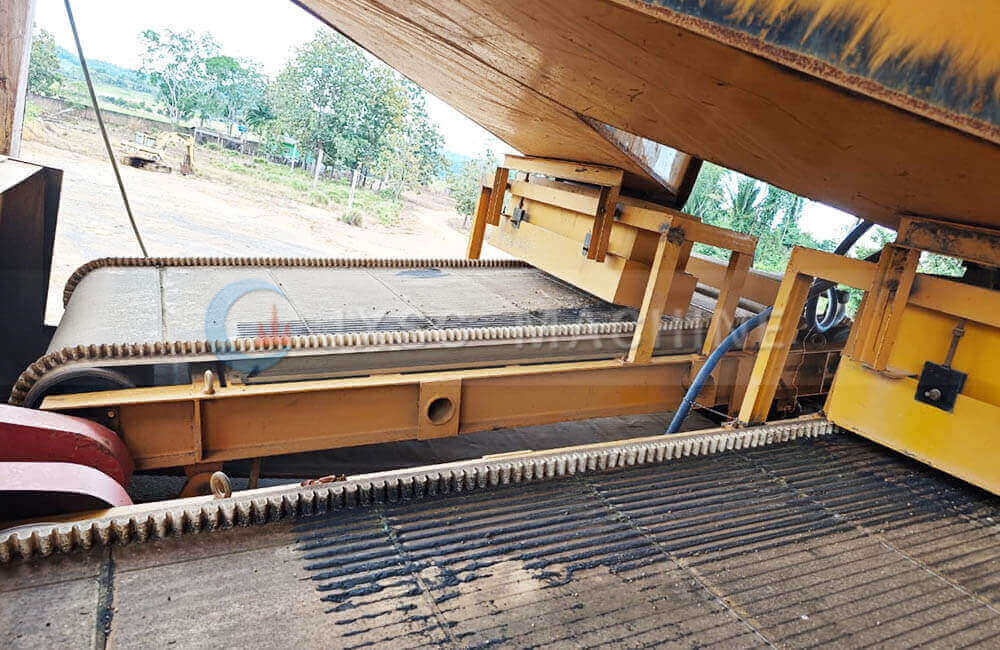
Monazite Flotation Equipment
By introducing chemicals that selectively adhere to monazite particles, these systems enable efficient separation via gas bubble interactions in a liquid medium. Using flotation machines not only increases purity but also aligns with more sustainable practices by minimizing waste material disposal.
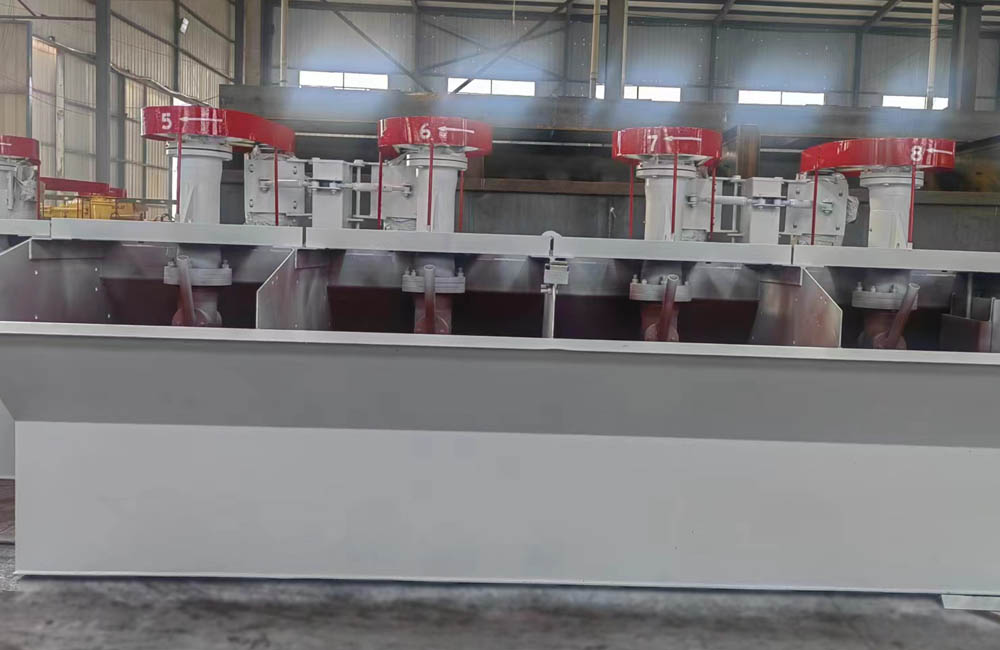
Advantages Of JXSC Monazite Separation Equipment
- Gravity separation equipment can effectively separate valuable monazite from gangue materials without relying on harsh chemicals or large energy consumption. Precision separation achieved through advanced gravity methods allows for detailed stratification based on density variations, improving the purity of the extracted concentrate;
- The precision of JXSC magnetic separation equipment maximizes recovery and minimizes impurities, resulting in a higher-quality end product.
- Flotation equipment maximizes recovery and minimizes contamination, and highly optimized surface chemistry allows for the precise location of desired materials. Many systems are fully automated and equipped with real-time monitoring capabilities, allowing operators to make instant adjustments based on feed characteristics or ore composition changes.
Its efficient separation capabilities can recover valuable rare earth elements, thereby improving economic viability and sustainability. JXSC monazite separation equipment improves the efficiency and effectiveness of mineral extraction processes. It is able to selectively separate valuable rare earth elements from impurities, ensuring higher purity and better yields for mining operations. Our machines feature advanced designs that help reduce energy consumption and optimize operating costs, making them an environmentally friendly choice for mineral processing plant. Contact us for more details and a quote!